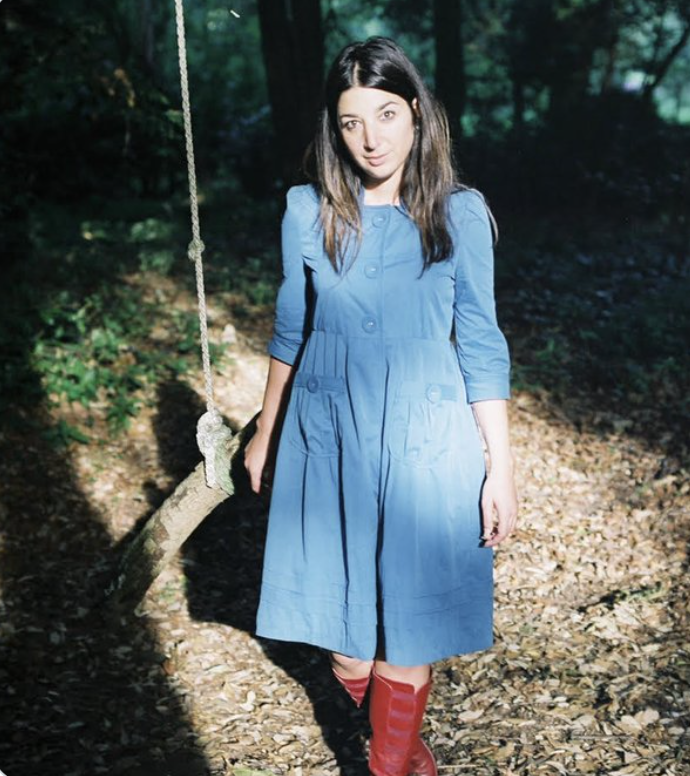
Mira Calix, the South African-born, UK-based composer and sound artist, has died. Calix, whose real name was Chantal Passamonte, released six experimental albums on the Warp label but was also known for her public sound sculptures, with commissions from the Royal Festival Hall and the Cultural Olympiad. In 2019 she collaborated with United Visual Artists for a project at The Store on The Strand, London and Fondation Cartier, Paris, soundtracking the group’s kinetic sculpture.
The same year she created an interactive and performative artwork in response to artist Michelangelo Pistoletto’s The Third Paradise, a part of the artist’s annual Rebirth festival at Bozar, Brussels. Working with both professional dancers and volunteers, in response to a composition by Calix, a large fertility symbol made of chalk dust laid out on the gallery floor was slowly dispersed. In 2016 she collaborated with artist Goshka Macuaga on End of Line, which featured dance, sculpture and sound, at the David Roberts Foundation and the the Lowry in Manchester.
For the Royal Festival Hall in 2004 Calix premiered an orchestral version of Nunu, an earlier electronic composition, this time performed by the artist alongside the London Sinfonietta and a tank of amplified insects including cicadas, cockroaches, crickets and beetles. The work later toured to venues including the Mariinsky Concert Hall in Moscow and the Esplanade Concert Hall in Singapore.
Nothing Is Set In Stone, one of a number of arts projects commissioned to coincide with the 2012 London Olympic Games, featured a monumental rock inset with motion sensors which triggered an evolving soundscape depending on how people physically interact with the work.
Other commissions included work with The Royal Shakespeare Company, Carriageworks, MONA, Performa, the Barbican, Art Basel, Lincoln Center, the Coventry Biennial, Shakespeares Globe, Melbourne Recital Centre, Sonar, Latitude Festival, Edinburgh Festival and Manchester International Festival.
In a statement Warp Records said ‘She pushed the boundaries between electronic music, classical music and art in a truly unique way.’